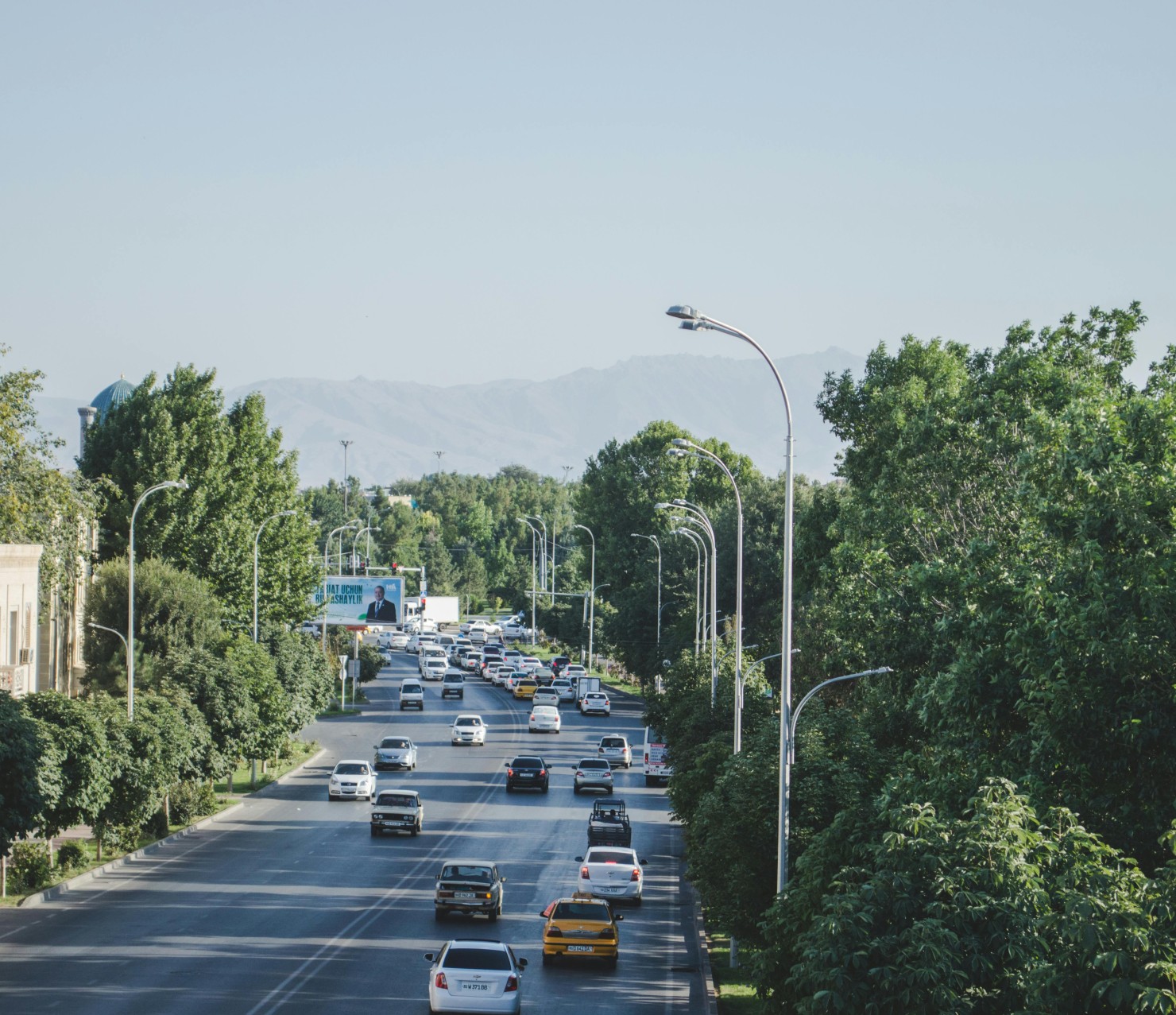By Joyce Chimbi
Nairobi, Kenya: The National Transport and Safety Authority (NTSA) has intensified its countrywide crackdown in light of a highly concerning road crisis. The goal is to ensure strict adherence to existing road safety guidelines and regulations.
NTSA is cracking down on vehicles ferrying excess passengers and for passengers who board vehicles that are already full to capacity. Vehicles equipped with defective speed limiters and those fitted with unauthorized strobe lights, light bars, and sirens, will also be detained.
The transport and safety authority body is expected to return to Kenya’s roads and highways and will work hand-in-hand with traffic police to ensure road traffic safety. These escalated efforts are timely, urgent, and critical in light of a four-fold increase in road fatalities in Kenya over the last 30 years.
The Global Status Report on Road Safety 2023 released by the World Health Organisation (WHO) shows that as of 2019, “road traffic crashes are the leading killer of children and youth aged 5 to 29 years and are the 12th leading cause of death when all ages are considered.”
Further revealing that two-thirds of deaths “occur among people of working age -18 through 59 years, causing huge health, social and economic harm throughout society.”
Government statistics affirm that an estimated 75 percent of Kenya’s road traffic casualties are among young adults. Pedestrians and passengers in general account for approximately 80 percent of all road fatalities. Overall, pedestrians are at the greatest risk in urban areas while passengers are at their most vulnerable along major highways that traverse rural areas.

“It is time we declared road fatalities a national disaster. More than 1,000 people and counting have been killed on Kenyan roads since January this year and it still seems to be business as usual. It is time to end the blame game and hold all road users accountable,” says John Paul Kanene, a Nairobi-based researcher on road safety.
Kanene says that factors contributing to road fatalities while complex can be “rectified through a behavioral change approach. Many of the accidents are due to human error such as drunk driving, speeding and pedestrians ignoring traffic rules. Boda boda (motorcycle taxis) riders are particularly reckless and data is showing that riders and their passengers are among the most vulnerable road users.”
The ongoing road crisis is not only a national concern but a most pressing issue at the global level. According to WHO’s global status report on road safety, nine in 10 deaths occur in low-and-middle-income countries “while people in low-income countries continue to face the highest risk of death per population.”
Urgent action is needed especially due to an increase in factors that could potentially compound the ongoing road crisis. Factors such as the global motor vehicle fleet more than doubling in recent times, road networks significantly expanding, and the rising global population. Fatality rates are highest among low-income countries, at 21 deaths per 100, 000 population, and lowest in high-income countries, at eight deaths per 100,000 population. Upper-middle-income and lower-middle-income countries both have fatality rates of 16 per 100,000 population, according to WHO.
Globally, the African Region has the highest fatality rate at 19 deaths per 100,000 population, and the European Region has the lowest fatality rate at seven deaths per 100,000 population. Recent research shows that a number of interventions are ongoing in Kenya with varying success.
These interventions and remedies include speed regulations, modernizing the road infrastructure with smart streets to accommodate various mobility needs, and embracing modern technologies to monitor and improve road transport.
“These interventions fail, for the most part, due to corruption on the road. Not so long ago, a matatu along the Nakuru – Eldoret highway was hit by a lorry, and a majority of the passengers lost their lives in that accident. Eyewitnesses say that police officers stationed themselves around a bend and stopped the matatu to discreetly receive a bribe. A lorry lost control and ramped into the matatu. This is a case of pure negligence by those who should know better and unfortunately, it is not uncommon,” says Carolyne Githinji, a local activist.
“We also witness on daily basis matatus and buses driving recklessly under the watch of our police officers. We all often witness vehicles overlapping and overtaking dangerously and there is no penalty for this behavior if you can part with ‘something small’. If we deal with corruption on the road and make it very painful for people to disregard road safety rules and regulations, road traffic deaths will go down instantly. Remember the Michuki rules and how they brought sanity on the road? It can be done,” she asserts.
WHO asserts that the United Nations (UN) road safety legal instruments provide a strong foundation upon which countries can build domestic legal frameworks and transport systems in order to contribute to road safety and facilitate international road traffic.
Stressing that to fully realize their benefits, “countries must not only accede to the conventions that provide these instruments but also transpose the conventions into national or regional legislation. In this way, they can ensure the effective application of the conventions, and thereafter enforce them through traffic police and inspection bodies.”
Experts such as Kanene have further raised concerns over the used-vehicle imports and more so on the African Region which accounts for the largest share of the used-vehicle market and is also the region where the rates of road traffic deaths are highest.
Data by the UN Environment Programme shows that between 2015 and 2020, an estimated 23 million used passenger vehicles were exported and that at least 66 percent went to low- and middle-income countries. Highly concerning is that only a third of countries require vehicle safety inspections for used vehicles.
Vehicle imports that lack proper or no regulations at all to ensure the safety of vehicles, road user behavior, lack of legislation on road safety, and lack of road safety regulation implementation and or enforcement are among the issues that continue to derail road safety in Kenya. The ongoing crisis calls for a multi-prong, multisectoral approach to keep Kenya’s road users out of harm.














